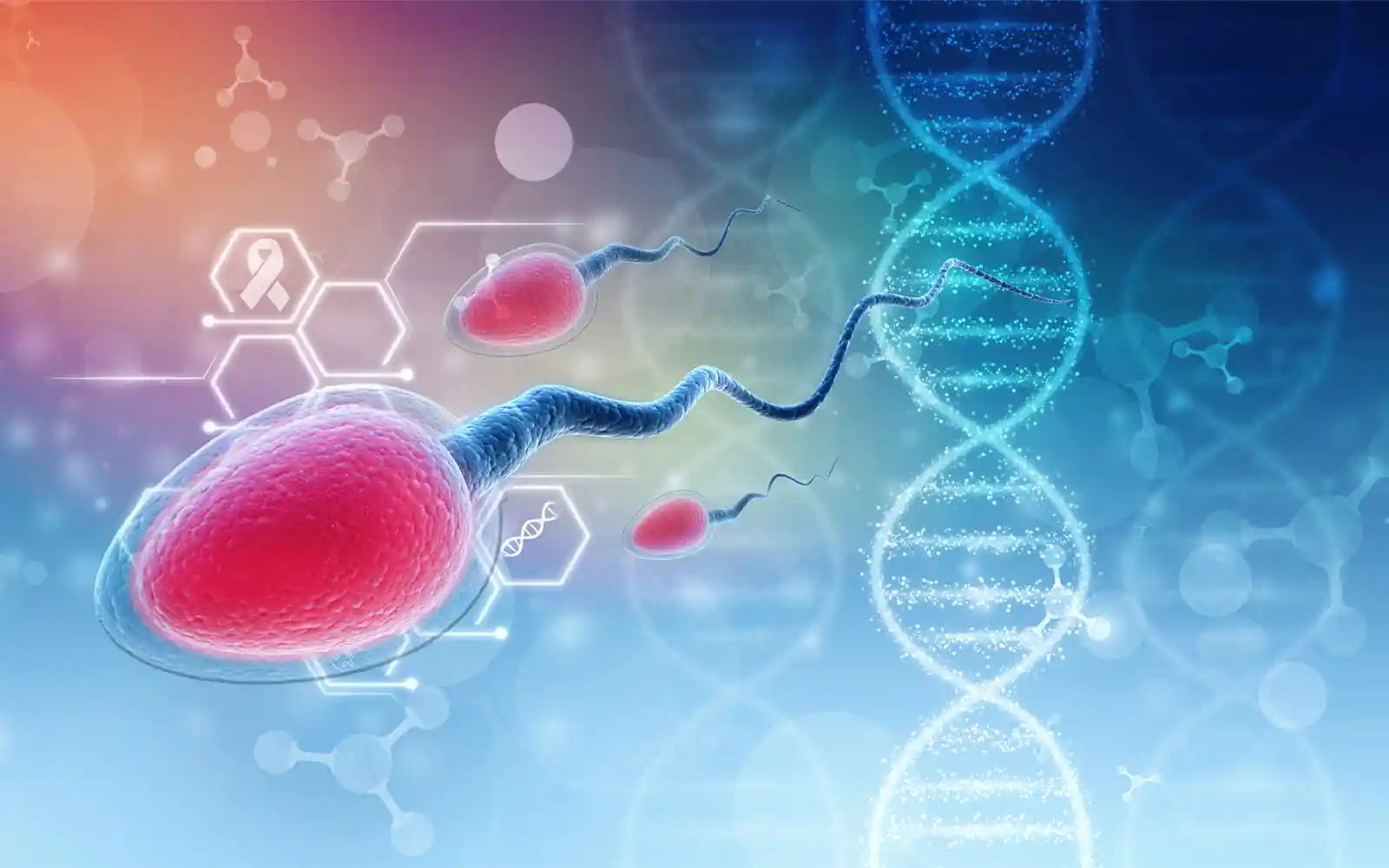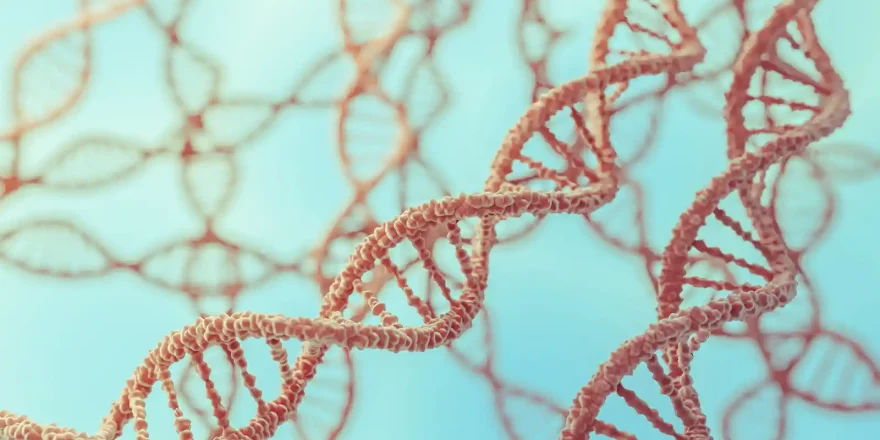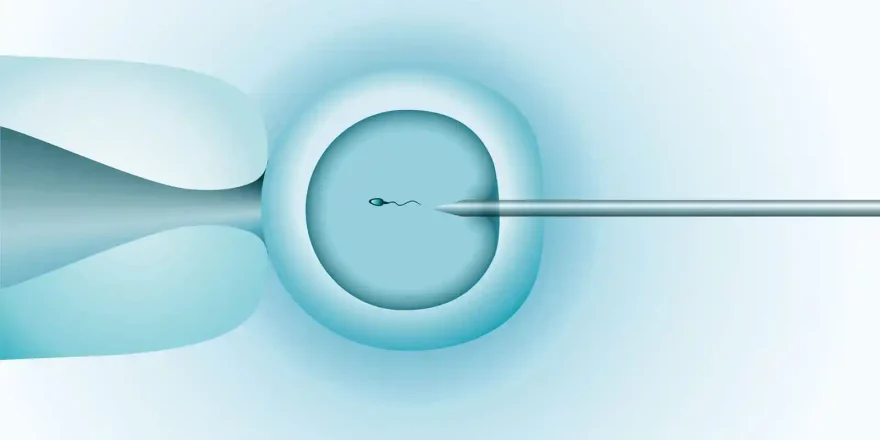Genetic testing of sperm is appropriate when couples are having difficulty conceiving or have recurrent miscarriages. Genes are the DNA “code” that makes us unique and human. All cells carry genes on twisted strands of chromosomes, and they determine most things relating to our health and development.
Half of a baby’s chromosomes come from each parent, and normal human cells have 23 pairs of chromosomes. Abnormal chromosome numbers cause serious health issues, and some men have a significant issue with this.
- The sperm and egg cells are the exceptions to the human 23-pair rule
- They each have 23 single chromosomes and half the normal DNA
- When these single chromosomes join together in fertilization, the possibility of a new life begins
- This is how we get half our DNA from each of our parents
Creating cells with half the normal DNA requires a special process called meiosis. However, it’s not a simple process, and 2-13% of sperm from normally fertile men have the wrong number of chromosomes where they have extra or missing pieces of chromosome.
 female human chromosomes
female human chromosomes
Aneuploidy
Extra or missing pieces of chromosomes is termed “aneuploidy”, and many aneuploid sperm can fertilize eggs. However, the genetic coding on most of the chromosomes is so crucial that extra or missing parts prevent pregnancies from progressing. Aneuploidy of just 5 chromosomes can result in a live birth, which is why testing focuses on them:
- Chromosome 13 – Patau’s syndrome
- Chromosome 18 – Edwards syndrome
- Chromosome 21 – Down’s syndrome
- The X and Y sex chromosomes – abnormal sexual development
Aneuploidy is a major fertility issue and is the main cause of miscarriage. The chances of it happening increase as men and women get older, their fertility naturally declines and they accumulate more toxins. Although most chromosomes can’t support aneuploid pregnancy, in nature, every 1 in 160 live births is affected.
Likelihood
Aneuploidy rates are highest in infertile men, but many apparently normal semen samples often have high aneuploidy rates. However, very high aneuploidy rates are connected to certain abnormal semen samples: i
- oligozoospermia (low numbers) – 50% aneuploid
- oligoasthenozoospermic (low numbers and motility) – 33.3% aneuploid
- oligoasthenoteratozoospermia (low numbers, motility and shape) – 21% aneuploid
The “Fluorescent In Situ Hybridisation” (FISH) test checks sperm for the correct amount of genetic material. When FISH tests reveal high levels of genetically abnormal sperm, it’s usually possible to get specific advice. Advice usually involves avoiding certain chemicals and drugs and which supplements will increase the genetic integrity of sperm.
Thankfully, it’s possible to significantly reduce aneuploidy rates in relatively short times (3-6 months) with personalised lifestyle changes and focused treatments that are part of the morefertile PFP packages.




